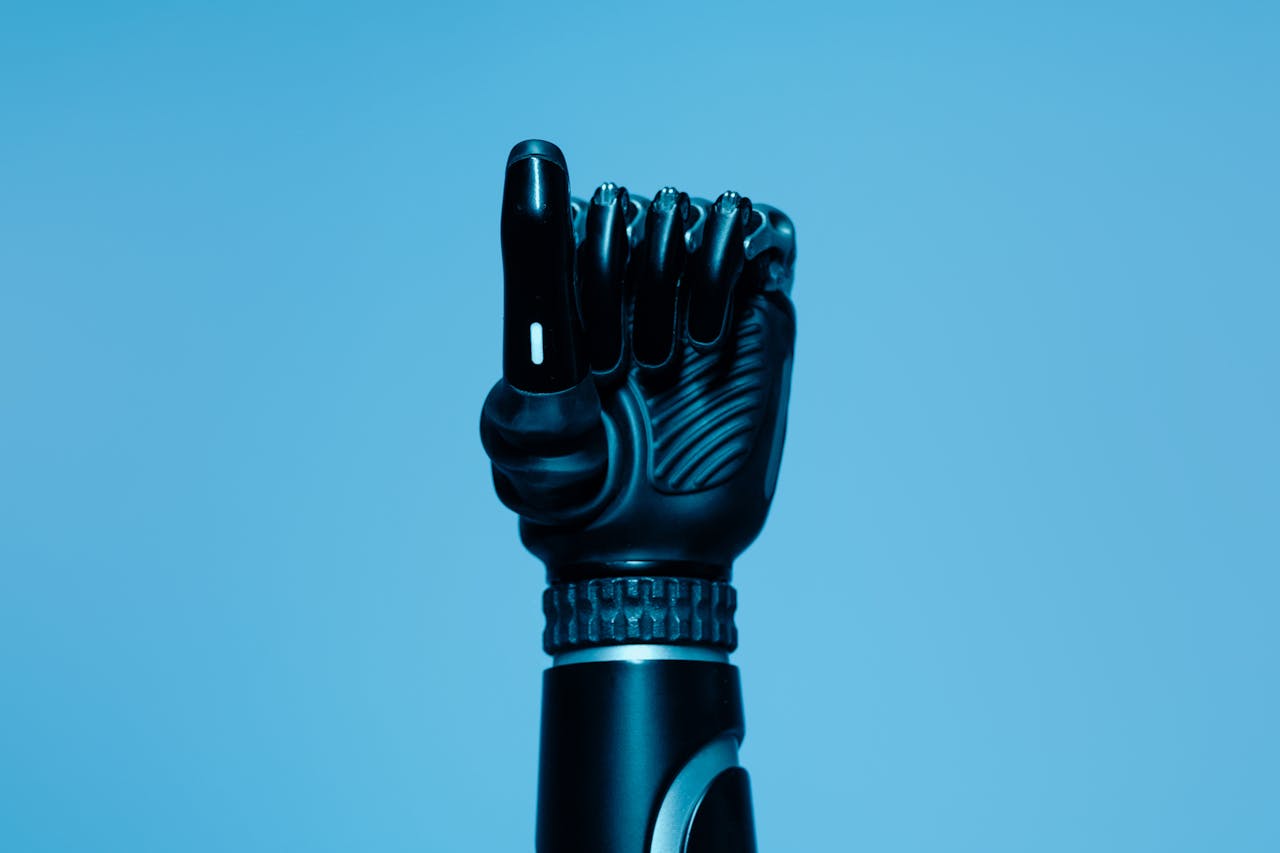In the rapidly advancing field of prosthetics, one of the most exciting developments in recent years has been the integration of soft robotics. Unlike traditional rigid prosthetic limbs, soft robotics offers a more flexible and adaptable approach to replacing lost or impaired limbs. This innovative technology is not only revolutionizing the way prosthetic devices are designed and built but also improving the quality of life for millions of people around the world.
Understanding Soft Robotics
At its core, soft robotics is a branch of robotics that focuses on creating robots and devices with soft and flexible materials, as opposed to the rigid components typically found in traditional robotics. Inspired by natural systems such as muscles and tendons, soft robotic devices can bend, stretch, and conform to their surroundings, making them ideal for applications where flexibility and dexterity are paramount.
In the context of prosthetics, soft robotics offers several key advantages over conventional rigid designs. By mimicking the natural movements and flexibility of human tissue, soft robotic prosthetic limbs provide a more natural and comfortable experience for users. This can lead to improved mobility, reduced pain and discomfort, and a greater sense of independence and confidence.
The Benefits of Soft Robotic Prosthetics
One of the primary benefits of soft robotic prosthetics is their ability to closely replicate the movements of natural limbs. Unlike rigid prosthetic devices, which can be cumbersome and limited in their range of motion, soft robotic limbs are capable of more fluid and natural movements, allowing users to perform a wider range of activities with greater ease and precision.
For example, a soft robotic hand can grasp and manipulate objects with the same dexterity as a human hand, enabling users to perform tasks such as picking up small objects, typing on a keyboard, or even playing musical instruments. This level of functionality can have a profound impact on the daily lives of amputees, enabling them to regain a sense of normalcy and independence in their activities.
Moreover, soft robotic prosthetics are inherently more comfortable to wear than their rigid counterparts. The flexible materials used in soft robotics conform to the shape of the user’s residual limb, reducing pressure points and discomfort. This can significantly improve the user experience, allowing individuals to wear their prosthetic devices for longer periods without experiencing discomfort or fatigue.
Applications of Soft Robotics in Prosthetics
Soft robotics has a wide range of applications in prosthetics, from simple hand prostheses to full-body exoskeletons. One of the most promising areas of research is in the development of advanced prosthetic hands and arms. Soft robotic hands can be equipped with sensors and actuators that enable them to sense and respond to the user’s movements and intentions, providing a level of control and functionality that was previously thought impossible.
Additionally, soft robotic exoskeletons are being developed to assist individuals with mobility impairments. These wearable devices use soft actuators and pneumatic systems to provide support and assistance to users, allowing them to walk, stand, and even climb stairs with greater ease and stability. This technology has the potential to revolutionize rehabilitation for individuals with spinal cord injuries, stroke, or other mobility impairments.
Challenges and Future Directions
While soft robotics holds tremendous promise for the field of prosthetics, there are still challenges to overcome. One of the main challenges is in developing robust and durable soft robotic materials that can withstand the rigors of daily use. Additionally, integrating soft robotic components with existing prosthetic technologies and control systems remains a complex engineering challenge.
Looking ahead, the future of soft robotics in prosthetics is bright. As researchers continue to make advances in materials science, robotics, and biomechanics, we can expect to see even more sophisticated and capable soft robotic prosthetic devices. These devices have the potential to transform the lives of millions of people around the world, giving them the freedom and independence to live life to the fullest.
In conclusion, soft robotics represents a paradigm shift in the field of prosthetics, offering a more flexible, adaptable, and user-friendly approach to replacing lost or impaired limbs. With their ability to closely mimic the movements of natural limbs and provide a more comfortable user experience, soft robotic prosthetic devices are poised to revolutionize mobility for individuals with limb differences. As this technology continues to evolve, the possibilities for improving the lives of amputees are virtually limitless.


